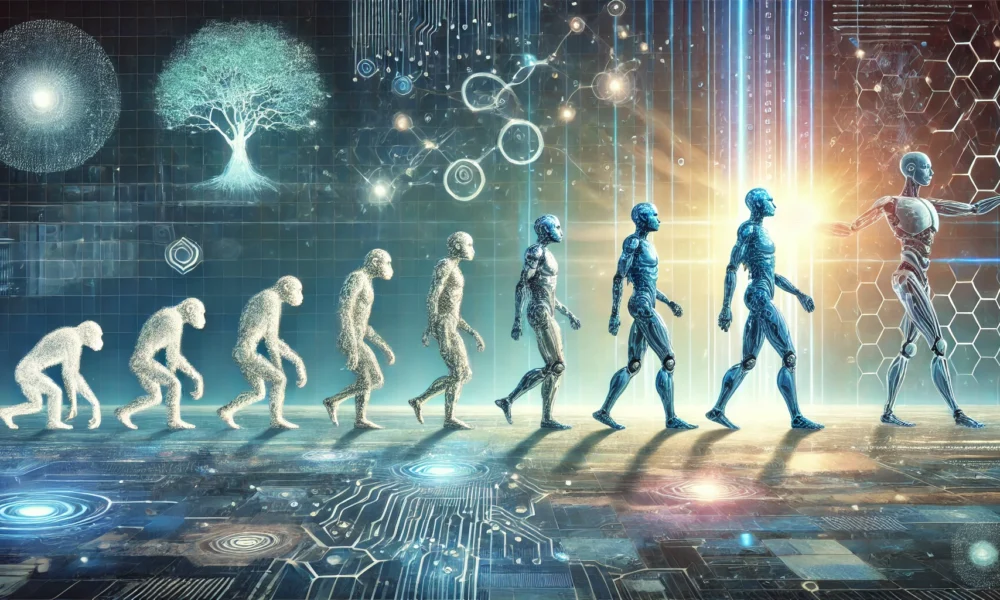Revolutionizing Real-Time Data Management with Drasi by Microsoft
In today’s fast-paced world, businesses face the challenge of quickly responding to data changes to stay competitive. Traditional data processing systems often fall short, leading to delays and missed opportunities. Enter Drasi by Microsoft, a game-changing solution designed to track and react to data changes instantly.
Unlocking Real-Time Insights with AI-Powered Drasi
Drasi operates on an advanced event-driven architecture fueled by Artificial Intelligence, enabling real-time data processing. Unlike traditional batch-processing systems, Drasi continuously monitors data changes, empowering businesses to make decisions as events unfold. Its AI-driven continuous query processing captures even the smallest data changes immediately, providing companies with a competitive edge.
Empowering Quick Responses with Intelligent Reactions
Drasi’s intelligent reaction mechanism goes beyond simply alerting users to data changes. It can trigger pre-set responses and improve actions over time using machine learning. For finance, this means automatic alerts, team notifications, or even trades in response to market events. Drasi’s real-time functionality is a game-changer in industries where rapid, adaptive responses are crucial.
Drasi: Redefining Real-Time Data Processing Architecture
Drasi’s modular architecture prioritizes scalability, speed, and real-time operation. By continuously ingesting data from various sources, including IoT devices and databases, Drasi ensures immediate action on data changes. Its streamlined workflow allows for instant reactions to data updates, enhancing companies’ adaptability to real-time conditions.
Benefits and Applications of Drasi’s Real-Time Capabilities
Drasi offers enhanced efficiency, faster decision-making, and improved productivity by eliminating delays common in batch processing. Industries like finance, healthcare, and retail benefit from immediate insights provided by Drasi, enabling informed decisions on the spot. Drasi integrates seamlessly with existing infrastructure, providing cost-effective, customizable solutions for businesses seeking real-time data management.
The Future of Real-Time Data Management with Drasi
In conclusion, Drasi’s AI-driven, event-based architecture revolutionizes real-time data processing, offering businesses a competitive advantage. By enabling instant insights, continuous monitoring, and automated responses, Drasi empowers companies to make data-driven decisions in real time. Visit the Drasi website to learn more about how Drasi can transform your business.
-
What is Drasi by Microsoft?
Drasi is a new approach to tracking rapid data changes developed by Microsoft. It uses advanced algorithms to quickly capture and analyze changes in data sets, enabling real-time analytics and decision-making. -
How does Drasi differ from traditional data tracking methods?
Unlike traditional methods that rely on periodic data snapshots or queries, Drasi continuously monitors data streams in real-time, allowing for quicker identification of trends and anomalies. This dynamic approach enables faster decision-making and response times. -
What types of data sources can Drasi ingest?
Drasi is capable of ingesting data from a wide range of sources, including databases, streaming platforms, IoT devices, and cloud repositories. It can handle structured and unstructured data formats, making it versatile for various data integration needs. -
Can Drasi be integrated with existing data analytics platforms?
Yes, Drasi is designed to seamlessly integrate with popular data analytics tools and platforms, such as Microsoft Power BI and Azure. This enables organizations to leverage their existing infrastructure while enhancing data tracking capabilities with Drasi’s real-time tracking capabilities. - How can Drasi benefit businesses in various industries?
Drasi can provide significant benefits to businesses in industries such as finance, healthcare, e-commerce, and manufacturing by enabling real-time monitoring of critical data streams. This can help organizations identify and respond to market trends, operational issues, and security threats quickly, ultimately driving better decision-making and competitive advantage.










